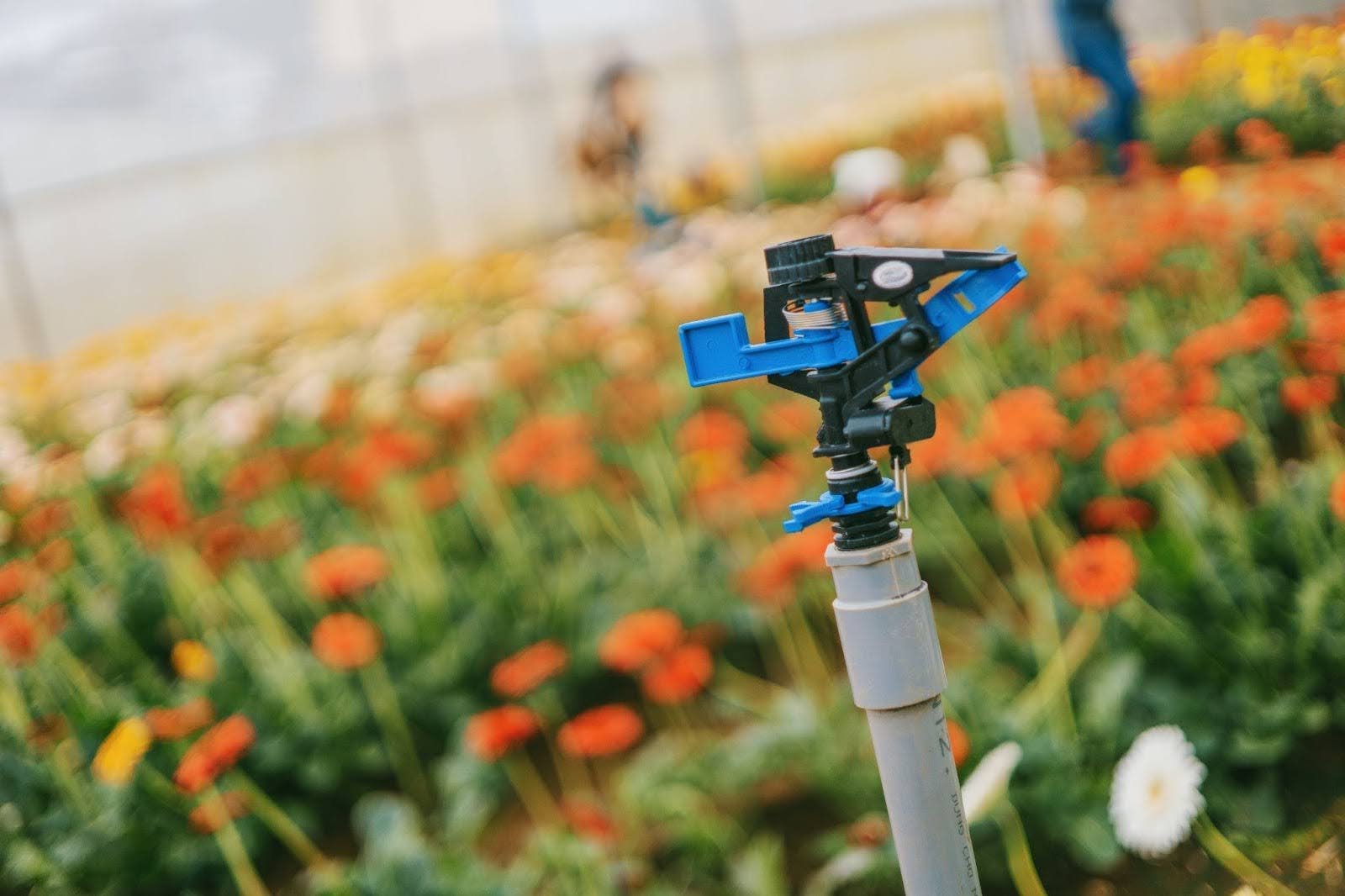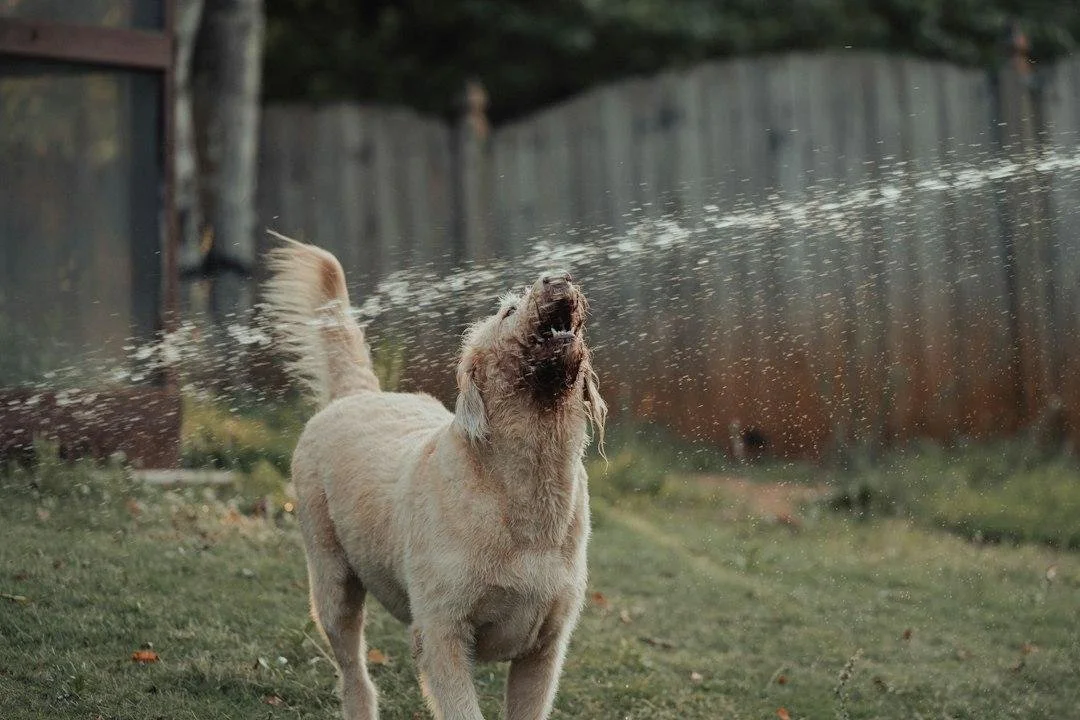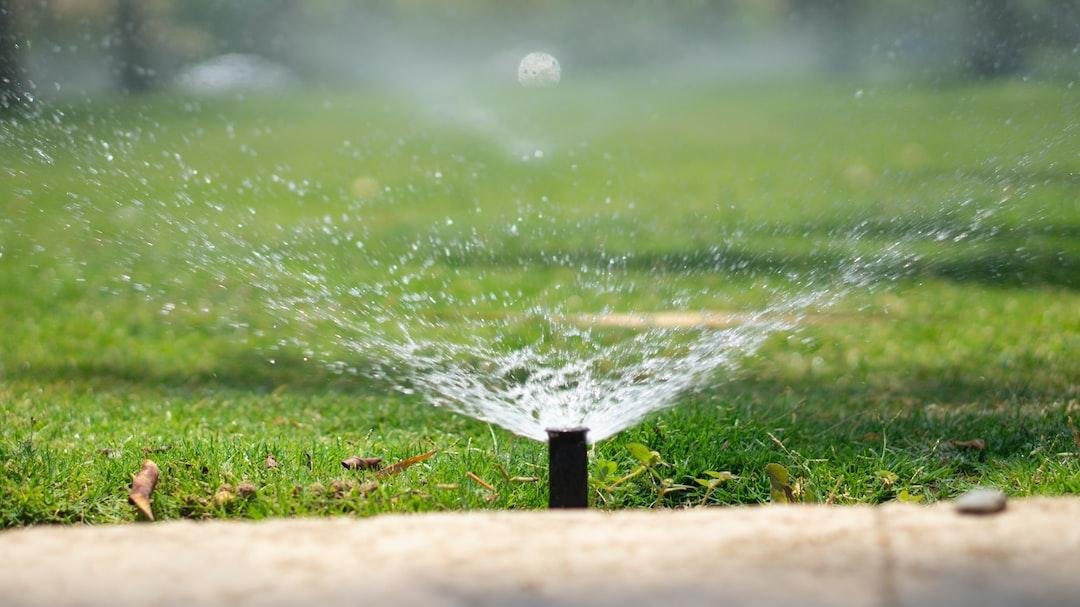Behind every luscious green lawn is a loyal sprinkler system that pumps out enough water to keep everything in balance. But with great power comes great responsibility. It’s up to sprinkler owners to make sure they use the right amount of water in the right places. That’s no easy feat, either – in fact, some experts suggest that as much as 50% of water used for irrigation is wasted! So, how long should sprinklers run to effectively water a lawn without going overboard? Let’s take a look.
Let’s Rewind: How Do Sprinklers Work?
Your average sprinkler is a simple device that works just as you expect. Sprinklers connect to a water source in the home and spray water over your lawn to simulate rainfall. But how they do that is where things get interesting.
There are a few main types of sprinkler systems:
Rotors - the heads rotate back and forth, spraying large streams of water; they are mostly used for large areas of grass.
Pop-Ups - the heads “pop-up” and spray water in a stationary, circular pattern; the most common type in residential landscaping.
Drip irrigation - plastic tubing buried that delivers water right to the base of your lawn or plants at a slow, controlled rate; mostly used in beds and buried under mulch or rocks.
Not sure what kind of sprinklers you have? It never hurts to reach out to a lawn irrigation professional like the team at Heartland Sprinklers. We’re happy to help you figure out how to maximize your sprinkler system so you can keep your lawn in amazing shape.
How much water do sprinklers use?
Regardless of your sprinkler type, another thing to keep in mind is how much water your system uses each minute. Most normal sprinkler heads can deliver about one to six gallons per minute.
It takes about half a gallon (specifically, 0.623 gallons) per square foot of grass to cover your lawn with an inch of water. With this in mind, you can use your lawn’s dimensions to estimate how many gallons you’ll use to water each zone.
Average home sprinkler systems use about 1,000 to 1,500 gallons of water every hour, which can certainly add up – that’s why it’s a good idea to evaluate your lawn’s needs on an individual basis.
How Long to Let Your Sprinklers Run in Each Zone
Run times depend on three main things:
What type of sprinklers
What type of landscape are you watering
The weather (season, rainfall, etc.)
For your average Spring weather in the Austin areas, we recommend:
Rotors: 20-40 minutes per cycle.
Pop-up heads: 10-15 minutes per cycle
Drip: 20-45 minutes per cycle
Pro-tip: If your landscape looks dry (June-Sept in Austin) don’t increase the watering times per cycle. Your grass can only hold so much water. Running your sprinklers for a longer period of time leads to oversaturation, which means the ground can’t absorb any more water and it just runs off. If you need to water more, run another cycle on the areas that look dry. Just make sure that you give at least 15 minutes between cycles.
How Can I Tell if My Sprinklers Are Running Enough?
Your lawn will tell you if it needs more or less water – you just have to be willing and able to spot its cues. A hydrated and healthy lawn should spring back after you touch it. Your footsteps should readily disappear as you walk through the grass.
A lawn that’s starting to dry up might begin to discolor. You’ll also probably notice patches of dry and dying grass start to pop up as things worsen.
Want a handy trick that helps you assess your lawn’s hydration level? Try the screwdriver test. Grab any screwdriver and gently push it into the ground; if it’s difficult to insert, your soil is way too dry. If it sinks right in, you’re probably in good shape.
When to Turn On Your Sprinklers (& When to Turn Them Off)
You should be watering your lawn every other day to every three days unless you’re in a particularly dry or hot area. Likewise, if it’s rainy, you can adjust your watering schedule and leave more days in between sprinkler sessions. Aim to turn on your sprinkles early in the morning or late in the afternoon to limit water loss caused by evaporation.
Still Got Questions? We’ve Got Answers
We get it: managing your home’s irrigation needs can be tricky. Finding the sweet spot for timing, design, and water use isn’t always easy, but it is possible. Let the team of sprinkler experts at Heartland Sprinklers take care of the hard work for you.
We are your locally owned and grown Austin irrigation installation, repair, and maintenance service provider with the skills to get the job done right. But we’re also much more than that: we’re your peers, friends, and advocates.
Quality services, quick results, and the Individualized attention only a local business can offer: that’s what you’ll find here at Heartland Sprinklers. Whether you need help managing your current sprinkler system or want to revitalize the way you approach watering your lawn, we’re ready to help you bring your vision to life.
Schedule an appointment today to learn more about how we can help you.


